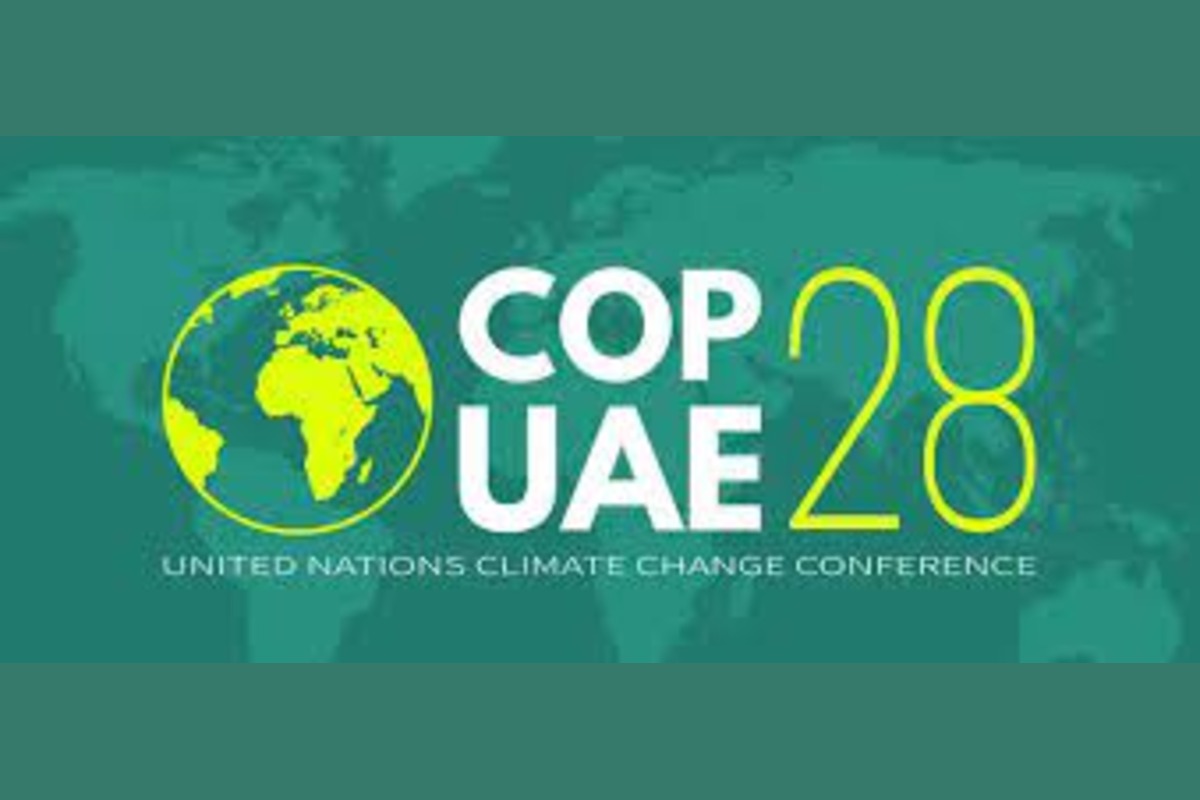
President Biden’s Visit to California Highlights the Urgent Need for Action on Climate Change and Disaster Relief
On Thursday, U.S. President Joe Biden travelled to California to survey the damage caused by the recent “atmospheric river” storms that have inflicted floods and mudslides on a state long plagued by drought and wildfires. During his visit, Biden stressed the role of global warming in natural disasters, saying “If anybody doubts that the climate is changing, then they must have been asleep during the last couple of years.” He explained that the extreme weather caused by climate change leads to stronger and more frequent storms, more intense droughts, and longer wildfire seasons, all of which threaten communities across California.
The president, who was travelling with the head of the Federal Emergency Management Agency (FEMA), Deanne Criswell, landed at Moffett Federal Airfield in Santa Clara County, south of San Francisco, and was greeted by Governor Gavin Newsom and other officials. He then flew by helicopter over other storm-stricken locations in Santa Cruz County, where flash floods, pounding surf and runoff from local mountains had forced thousands of residents to evacuate from low-lying communities. He also paid a personal visit with residents and business owners along the waterfront in Capitola, where the picturesque coastal enclave’s wharf lay in ruins, then stopped in nearby Seacliff for brief remarks promising that FEMA teams would stay “until it’s all fixed and done.”
Earlier this week, Biden signed a major disaster declaration authorizing federal recovery aid for several northern and central California counties. He said nearly 150,000 people were under evacuation orders at the peak of the winter storm crisis, and that some 1,400 remained displaced as of Thursday. Criswell told reporters that early estimates put property damage at several hundred million dollars statewide, a figure that was expected to rise as further assessments are made. “California has really experienced some unprecedented storms,” she said.
At least 20 deaths have been attributed to a three-week barrage of nine storms classified as atmospheric rivers – massive airborne currents of dense moisture funnelled in from the Pacific and powered by sprawling low-pressure systems churning offshore. Experts say the growing frequency and intensity of such storms, punctuating extreme drought, are symptoms of human-induced warming of the planet and make it more difficult to manage California’s precious water supplies while minimizing heightened risks of floods and wildfires.
California has been particularly hard-hit by the effects of climate change in recent years. The state has experienced an increase in both the frequency and intensity of wildfires, which have destroyed thousands of homes and killed dozens of people. The state has also experienced a severe drought, with water shortages becoming a major concern. With the state’s population expected to continue growing, it is crucial that the state takes steps to address these issues.
Visiting the disaster-stricken state, Biden touted elements of the massive budget reconciliation bill he signed in August designed to bolster critical infrastructure such as levees and power grids against extreme weather while authorizing $369 billion for climate and renewable energy initiatives. However, some environmentalists have urged political leaders to move even more decisively to phase out greenhouse gas emissions generated primarily from burning fossil fuels, complaining that Biden was forced to make too many concessions to the oil and gas industry to clinch his climate deal.
“Californians don’t need another Biden disaster tour. We need action to end the fossil fuels causing the damage,” said Nyshie Perkinson, a spokesperson for the nonprofit Center for Biological Diversity. While it is true that more action needs to be taken to reduce greenhouse gas emissions and tackle climate change, it is also important to recognize the immediate needs of those affected by the recent storms. The president’s visit and the federal aid he has authorized will help provide much-needed assistance to those who have lost homes and businesses and will help with the businesses as well as those who have been displaced by the storms.
It is clear that climate change is having a significant impact on California and other parts of the world, and it is important that steps are taken to address this issue. However, it is also important to remember that in the short term, we must provide assistance to those who have been affected by natural disasters caused by extreme weather. This includes providing financial aid, as well as resources and support to help communities rebuild and recover.
In addition to providing immediate aid, it is also important to invest in infrastructure and other measures that can help communities become more resilient to future natural disasters. This includes building stronger levees, reinforcing power grids, and investing in early warning systems. By taking these steps, we can help reduce the damage caused by natural disasters and make communities safer and more secure.
It is also important to remember that climate change is a global issue, and it will take a collective effort to address it. This includes working with other countries to reduce greenhouse gas emissions and invest in clean energy. It also includes working with state and local governments, as well as private sector organizations, to implement policies and programs that can help reduce the impact of climate change.
In conclusion, President Joe Biden’s visit to California highlights the urgent need for action to address the issue of climate change. While it is important to provide immediate aid to those affected by natural disasters, it is also important to invest in infrastructure and other measures that can help communities become more resilient to future natural disasters. By working together, we can help reduce the damage caused by natural disasters and make communities safer and more secure, as well as address the issue of climate change for a better future.

Prachi, an accomplished Chief-Editor at The Sustainable Brands Journal, has 15+ years of experience in Europe, the Middle East, and India, managing 90+ global sustainable brands. She’s a prolific writer in sustainability, contributing to various publications. Prachi’s unwavering passion and expertise make her a recognized authority, driving positive change and inspiring a sustainable future.





